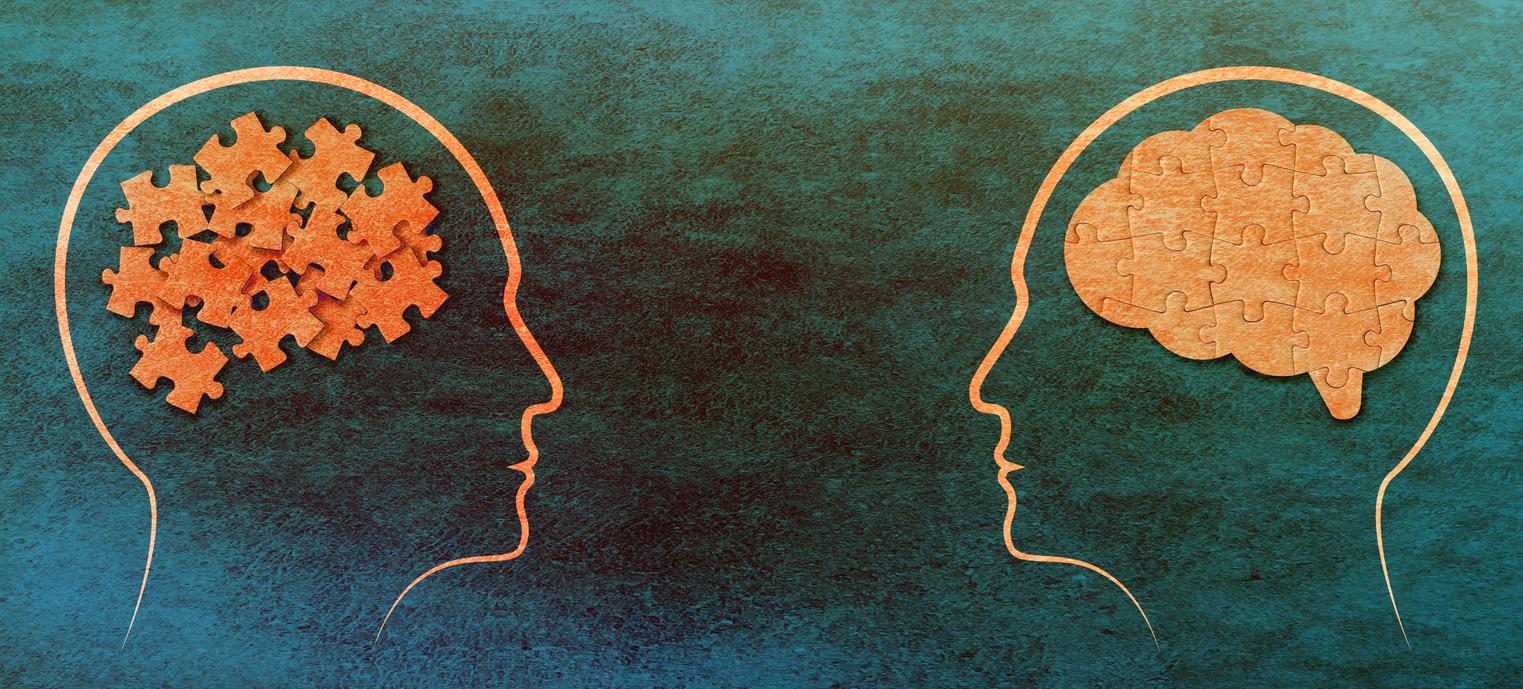By holding a gift in different ways in your hands, you can quickly determine what you want to know about its contents.

- “Epistemic actions” are performed when someone tries to learn something.
- Humans can identify them from physical behaviors, such as seeing a person shake a gift before opening it.
- This is an essential but neglected aspect of human cognition, according to the authors.
As the holidays approach, adults and children furtively shake their gifts to try to figure out what they will receive. Recently, researchers at Johns Hopkins University (United States) showed that it is very easy for people who watch others shaking boxes to guess what they are doing.
Understanding epistemic actions by watching people shake gifts
In order to reach this conclusion, they carried out a study published in the journal Proceedings of the National Academy of Sciences. “Many actions have instrumental goals, that is, we move our bodies to achieve a physical outcome in the environment. However, we also perform actions with epistemic goals, in which we move our bodies to acquire information and learning about the world”, the team said.
According to her, several studies have studied the way in which observers represent and understand the first category of actions. “But what about the second? Can a person tell, just by observing another person’s movements, what they are trying to learn and know?” To find out, scientists asked hundreds of people to watch a video showing adults shaking opaque boxes to determine the number of objects hidden inside or their shape.
Cognition: “people are incredibly good at perceiving subtleties”
It took most participants only a few seconds to figure out whether the person filmed shaking the box was trying to determine how many objects were in the box or the shape of the objects inside, even when the contents of the box was identical from one round to the next. So, the way a person shakes a gift to know if it is one thing or many things, or if it is a small or large object “can be subtly different”. “People are incredibly good at perceiving such subtleties.”said Sholei Croom, lead author of the study, in a statement.
According to the researchers, these results therefore demonstrate that human beings can identify an epistemic intention from physical behaviors. “Your mind is able to follow the information they are looking for,” specified Chaz Firestone, co-author of the work. The team felt this was an essential, but neglected, aspect of human cognition.

















